50+ SAMPLE Estimate Budget
-
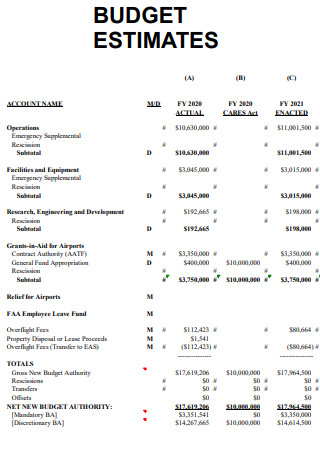
Estimate Budget
download now -
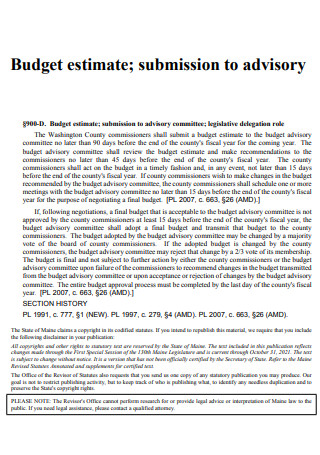
Estimate Budget Submission
download now -
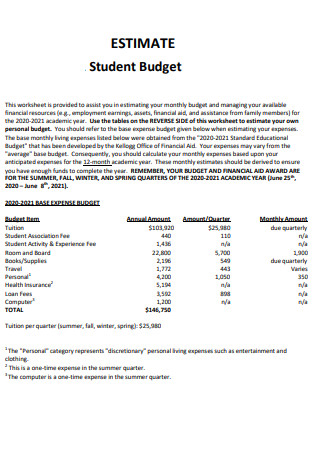
Student Estimate Budget
download now -
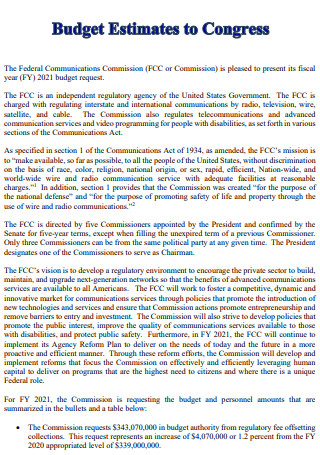
Estimate Budget to Congress
download now -
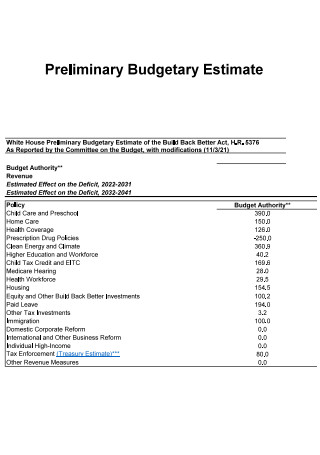
Preliminary Estimate Budget
download now -

Financial Plan Estimate Budget
download now -
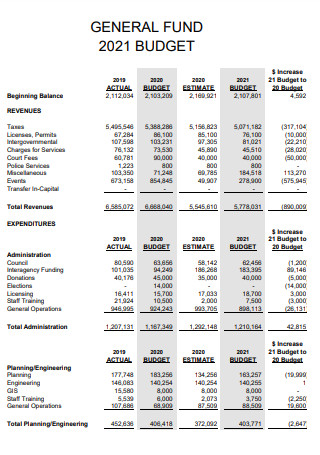
Fund Estimate Budget
download now -
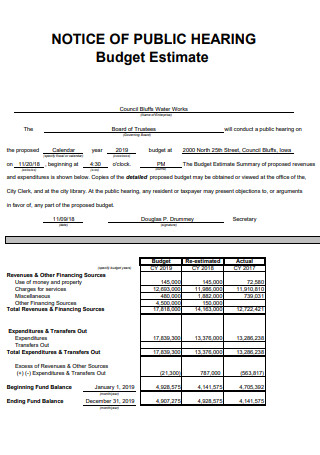
Public Hearing Estimate Budget
download now -
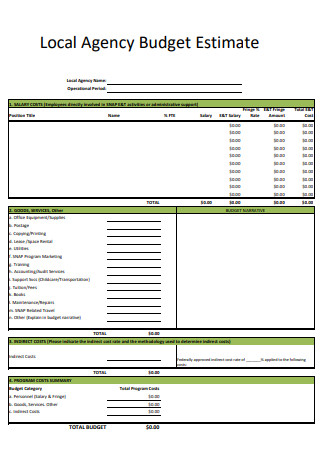
Local Agency Estimate Budget
download now -
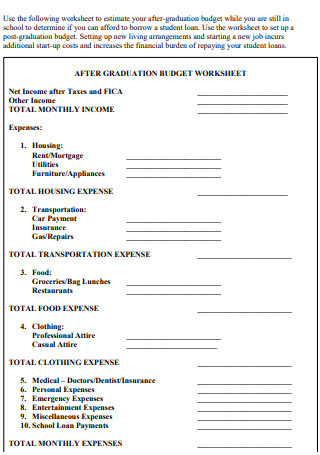
Graduation Estimate Budget
download now -
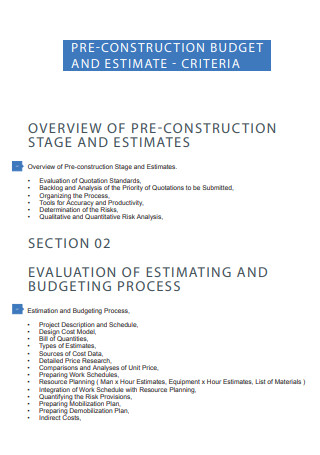
Pre-Construction Estimate Budget
download now -
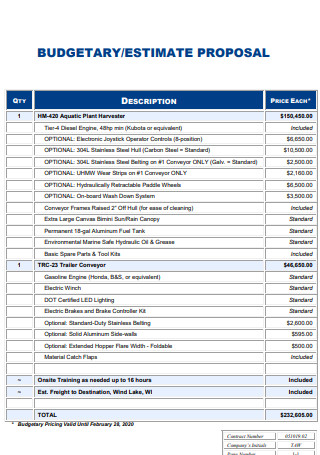
Estimate Budget Proposal
download now -

Estimate Budget Technical Proposal
download now -
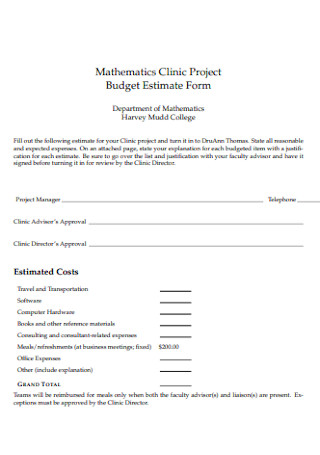
Project Estimate Budget Form
download now -
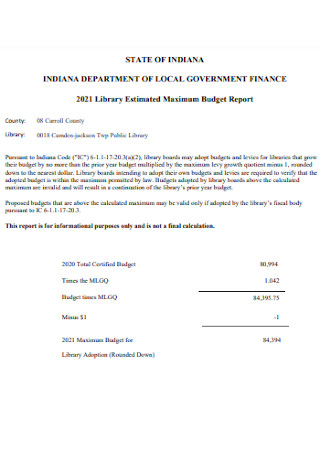
Library Estimate Maximum Budget
download now -
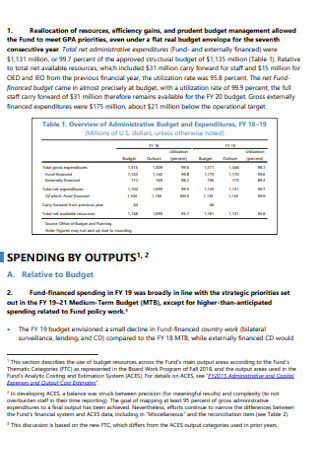
Travel Cost Estimate Budget
download now -
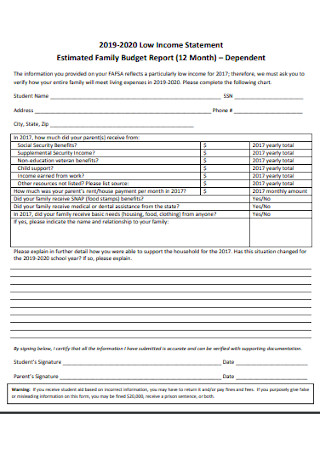
Estimate Family Budget
download now -
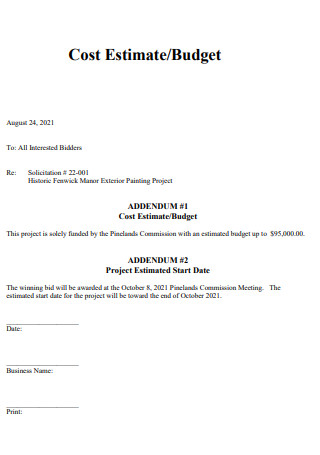
Cost Estimate Budget
download now -
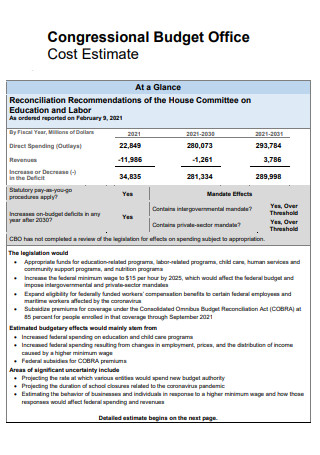
Congressional Estimate Budget
download now -
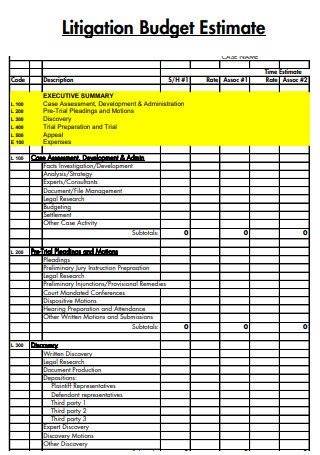
Litigation Estimate Budget
download now -

Financial Statement Estimate Budget
download now -
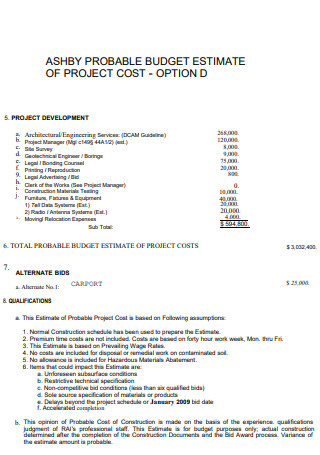
Probable Estimate Budget
download now -
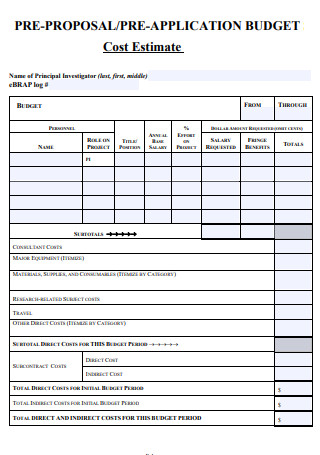
Pre Proposal Estimate Budget
download now -
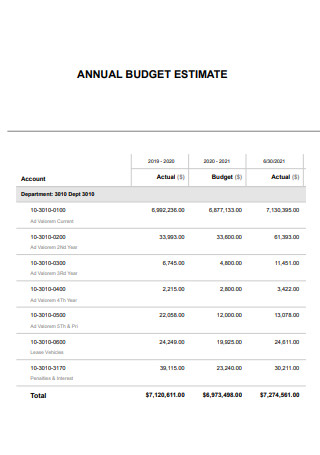
Annual Estimate Budget
download now -

Non-Linear Estimate Budget
download now -
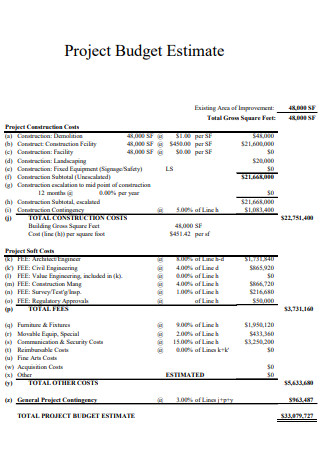
Project Estimate Budget
download now -
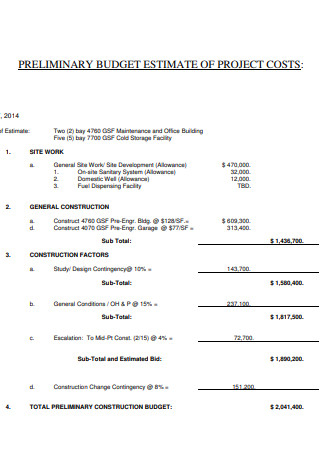
Preliminary Estimate Budget of Project
download now -
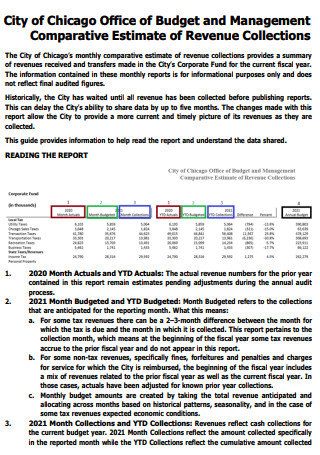
Comparative Estimate Budget
download now -
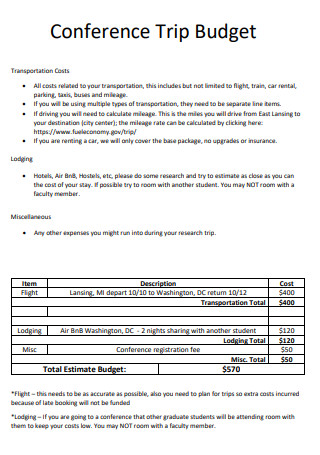
Estimate Conference Trip Budget
download now -
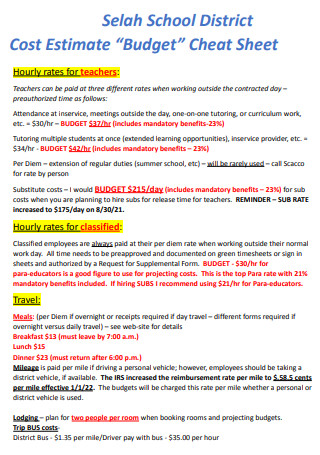
School District Estimate Budget
download now -
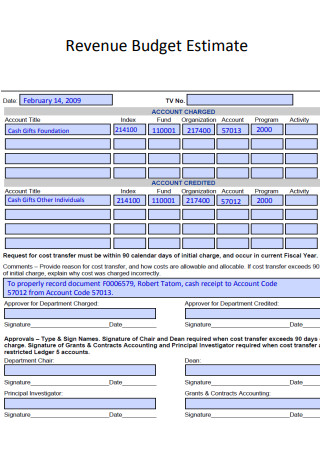
Revenue Estimate Budget
download now -
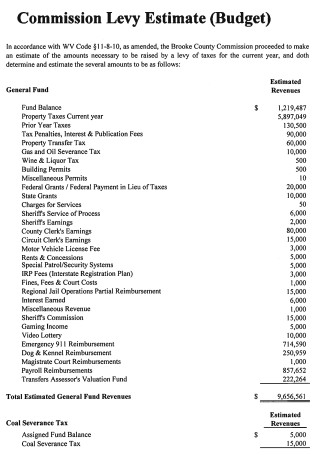
Commission Estimate Budget
download now -
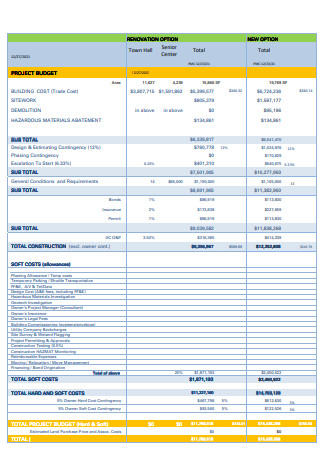
Sample Estimate Budget
download now -
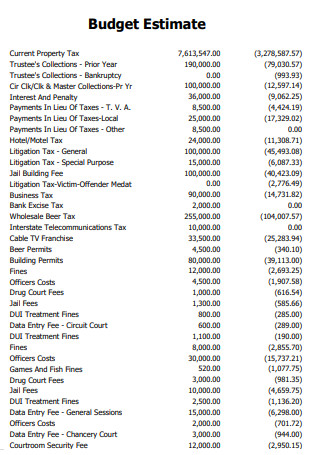
Simple Estimate Budget
download now -
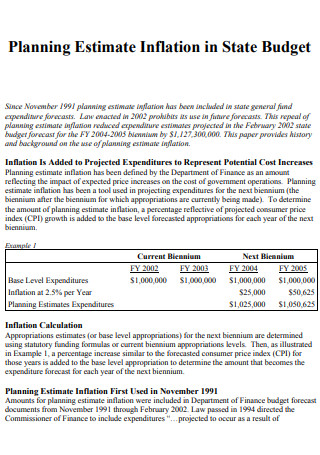
Planning Estimate Budget
download now -

Current Estimate Budget
download now -
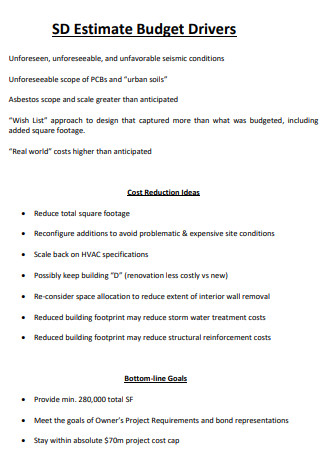
Estimate Budget Drivers
download now -
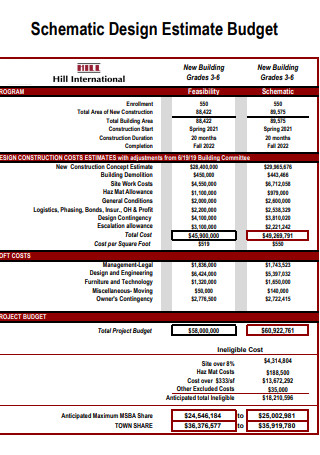
Schematic Design Estimate Budget
download now -
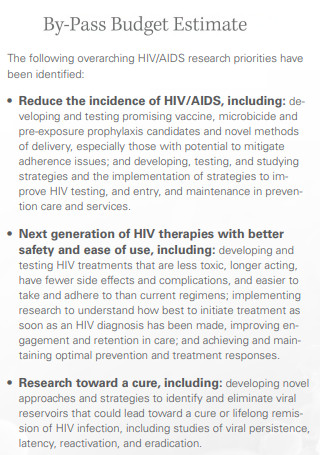
By Pass Estimate Budget
download now -
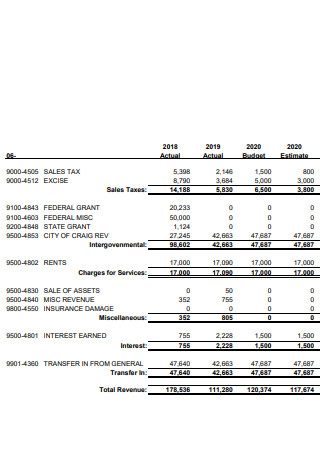
Basic Estimate Budget
download now -
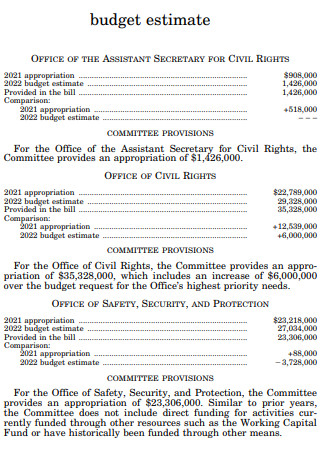
General Estimate Budget
download now -
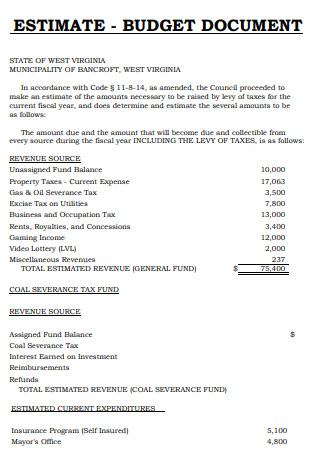
Estimate Budget Document
download now -
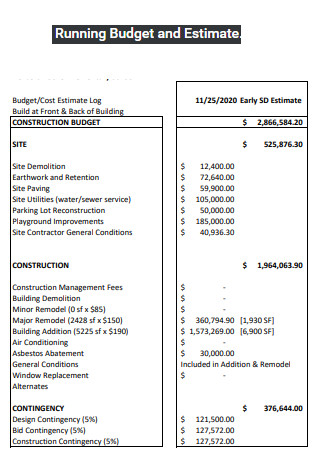
Running Estimate Budget
download now -
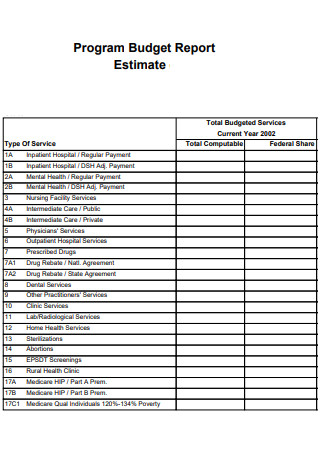
Program Estimate Budget
download now -
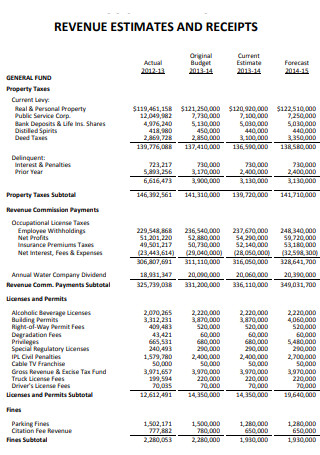
Estimate Budget Example
download now -
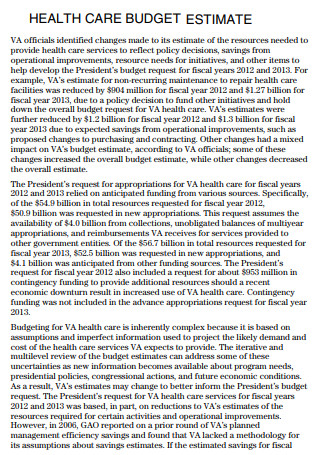
Health Care Estimate Budget
download now -
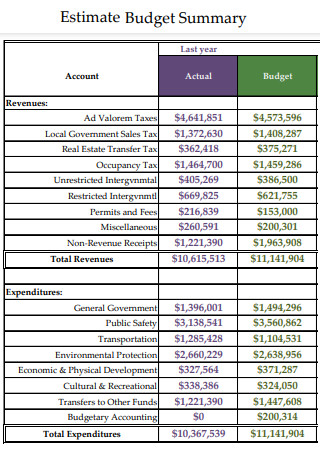
Estimate Budget Summary
download now -
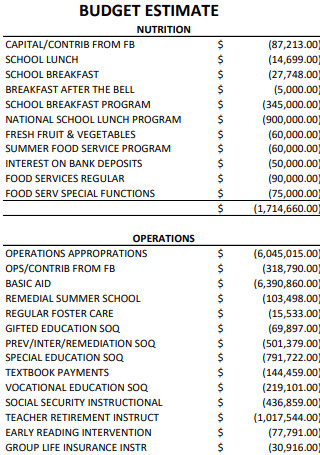
Account Estimate Budget
download now -
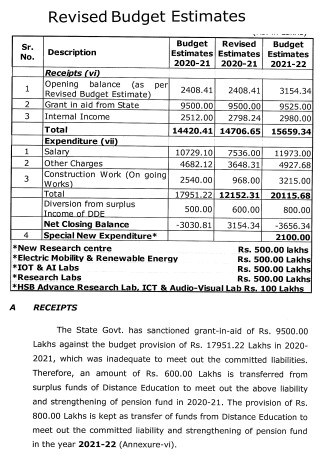
Revised Estimate Budget
download now -
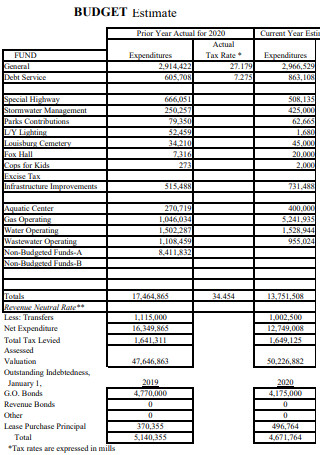
Estimate Budget Template
download now -
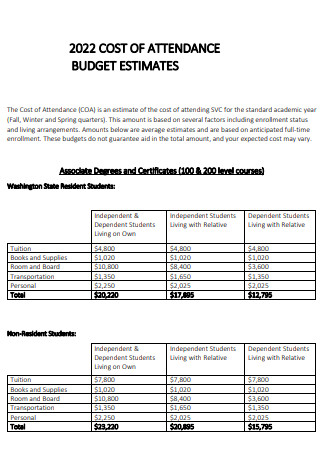
Cost of Attendance Estimate Budget
download now
What Is an Estimate Budget?
An estimated budget or budget estimate is a preliminary assessment tool for organizations that aid in projecting the availability of funds for a company, business, or project. The estimated amounts provide valuable information for planning procedures without finality. As more information pours in, staff and management can make the necessary adjustments and revisions to the document and determine whether these shifts in the budget are a cause for concern. The estimated budget can become available to the public only if the organization is a publicly funded agency or performs a publicly funded project. In cases of estimating available funds, a budget estimate comes from regional government agencies. The budget plan indicates and defines possible sources of funding, including government tax revenues, grants, or monies, and incomes from fines and fees. Staff members can review the estimated budget to learn more about the funding priorities and options that are available to an organization. The estimated budget also determines possible costs for a project or assignment. It gives a price breakdown of expenses, including operational permits, fees, labor, supplies, materials, machinery, and overhead costs. Budget estimates also determine a workable timeline and provide information on possible delays toward project completion.
According to an article entitled Why Budgeting Fails: One Management System Is Not Enough published by the Harvard Business School Publishing Corporation in 2004, senior managers spend about 10 to 20 percent of their time with financial plans and budget plans, spending 50 percent of their time on it. Yet a small percentage only considers the time well spent.
Types of Budget Estimates
There are various types of budget estimates available in the business setting. Depending on what the company needs to estimate for their budgets, the company can utilize one over the other or a combination of the two. The section below talks about the five different types of budget estimates that an organization can use for the business, including descriptions to help individuals understand the differences and advantages of each.
Techniques to Make an Estimate Budget
Accountants use various methods and techniques to write budget estimates for business projects. The techniques that professionals utilize to create budget estimations bring advantages and disadvantages. It is essential to know their differences and their strengths to know which document is the best one to use, depending on a given project. The section below details the various techniques businesses can utilize to make budget estimates.
How To Write an Estimate Budget
Creating an estimated budget for a project happens during the planning phase of a project management meeting and processing. When creating estimates for a project, make sure you consider different expenses, including employee salaries, research and development, travel expenses, operational costs, and profit margins. The section below helps you create a budget for a company project.
-
1. Define the Scope of the Project
Before making estimates of possible expenses for the project, you must be clear about the project scope, project timeline, and deliverables. Having a well-established project plan is a prerequisite for budgeting plans. Create a work breakdown structure for the project that details all the involved work, tasks, and activities to deliver a detailed project. After identifying the structure, it becomes much easier to identify the materials and resources you need to implement the project.
-
2. Identify the Essential Resources
After identifying the project scope, the next step is to determine the resources you need to complete the project. There are different resources common in many projects, including staffing, equipment, training, marketing and sales, and other miscellaneous materials. Staffing is one of the most expensive expenses a project incurs. The budget estimate must consider additional staff, payment schedules, and length of service. Equipment refers to machinery for excavation work, electronics for computer software, and other tools necessary to complete the project. Create an equipment list and indicate it in the estimated budget. Training is also another resource to consider when creating the budget. Organizational change management can happen, and employees require the necessary knowledge and skills to accomplish the project. Launching new products requires a degree of marketing and sales expenses, and advertising budgets become essential.
-
3. Assign the Value to Resources
From the list of resources you have, assign estimated values for them. In writing down amounts, conduct research by investigating previous budgets from similar projects. For some resources, like staffing, it is necessary to model out costs since not all employees receive similar salaries.
-
4. Build the Budget Estimate
After completing the list of possible expenses, you now have a budget estimate. When creating the budget estimate, make sure to indicate a contingency fund. The next step is to compile all the information into accounting software or an accounting spreadsheet to group related items into categories. When writing the budget, indicate where you came up with assumptions to understand where and why the budget did not reflect into reality. It is also necessary to include a variety of budget timelines to identify recurring costs. It is also critical to review the document with team members to get essential feedback to identify missing items or inaccuracies.
-
5. Acquire Approval for the Budget and Implement
When presenting the budget estimate to stakeholders, you must know to defend and assure them that the items and amounts are justifiable, explaining staffing models and other information. After approval, the project manager has the responsibility to oversee the procedures and processes in implementing the project. The project manager must also be aware of current costs to compensate for delays or requests for additional funding.
FAQs
What is the difference between a budget and an estimate?
An estimate shows an approximate value for project costs, while budgets are what the company can spend for it. Estimates serve as a guideline, while budgets are more final.
What is cost analysis estimation?
Cost estimations forecast the financial expenses and other materials that the company needs to accomplish a project or program within the project scope.
What is budget variance?
Budget variance refers to the difference between the budget and the actual amounts or figures for an accounting item.
Budget estimates are necessary to make sure that companies do not overextend from their current spending power. Writing the estimated amount for the resources guarantees that all the items and resources are accounted for and are within the financial means of the company. In completing the document, make sure to go through the project plan, define the project’s scope, and consult with team members to ensure that there are no missing items. Develop estimated budgets for your next project by downloading the 50+ SAMPLE Estimate Budget in PDF from the article above. Get yours when you visit Sample.net today!
